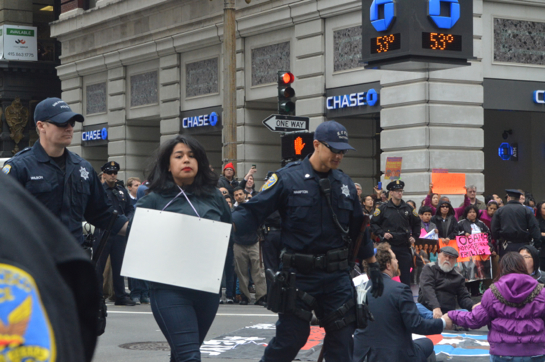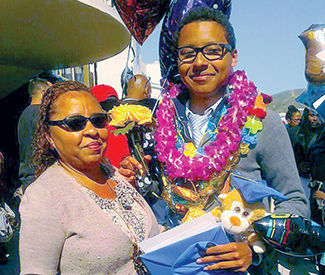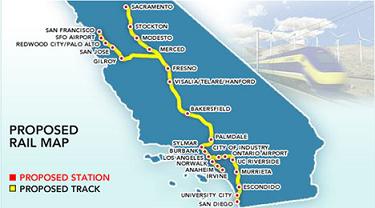Eight months ago, I kissed my mother goodnight and walked down the hall to my bedroom. Eight months ago, I was a few weeks away from attending Seattle University. Eight months ago was the last time I saw my mom.
In the early morning, my sister barged into my room. Phone in hand and tears in her eyes, she said, “They got her again.” Sitting up in my bed, still half-asleep, it took me awhile to process what was going on. “Huh?” I replied. “Mom, she’s getting deported,” my sister sobbed. US Immigration and Customs Enforcement arrested her on the way to work. They had watched us until they knew my mom’s routine.
My sister left and I had a minute to think. From then on, I knew everything had changed. I wasn’t going to Seattle. How was I supposed to pay for it now? And my mom was getting deported. Again.
My mother came to the US in 1992. Her plan was to work for a few years and send money back to Mexico to support her parents. She also wanted to save money so she could return to Mexico and finish nursing school. But she met my father, a law school dropout who came to the US to work and save money for law school. Long story short, I was born and they decided to settle down here in the States. They knew that we had better opportunities in the US.
VULNERABLE TO SCAMS
Later, my parents decided that it was time to “become legal.” They sought the legal services of attorney Walter Pineda. He told my parents, and countless others, that if they had been in the country for longer than 10 years, had no criminal record, and had kids that were born in the US, he’d get them a green card in 12 months. Oh, and he wanted $10,000 per person. My parents couldn’t pay $20,000 at once for the both of them so they decided that my mom should be the first one to get a green card.
The thing is, Pineda wasn’t telling the truth. There was no such law that stated, “If you have been in the country for 10 years or longer, have no criminal record, and have kids who are US born, Uncle Sam will mail you a green card.” But Pineda took the money and filed an asylum claim for my mother. Since my mom wasn’t seeking asylum, the claim was denied. (It also didn’t help that Pineda never actually went to court, leaving that to his assistants). My mother was handed an order of deportation instead of a green card.
Pineda, a native San Franciscan and a graduate from San Francisco State University and the University of San Francisco, was later investigated by the State Bar of California and was accused by the bar of a “despicable and far-reaching pattern of misconduct.” He later resigned from the State Bar when he faced charges of legal malpractice in 41 cases he handled. Records indicate Pineda left the area, and our efforts to reach him for comment were unsuccessful.
After those legal avenues were shut down, our family ran. We moved from house to house. My parents lived in the shadows, like escaped felons. They got nervous each time they signed any paperwork for fear that it would alert ICE. We would gather around the TV every night and watch the news, hoping to hear that immigration reform was on its way. But all we ever saw was members of Congress shaking their heads and saying, “Not this year,” year after year.
I remember learning about what the plaque at the foot of the Statue of Liberty says, “Give me your tired, your huddled masses yearning to be free.” I thought about what a lie that was. My parents, and everyone like them, aren’t welcomed here. They’re “illegal aliens.” Me, and those like me, we’re “anchor babies.”
We moved some more. Years passed. We all forgot about the order of deportation. We bought a car, a dog, and a few years after that, we were thinking about buying a house. The American dream, my mom’s dream, was almost within her reach.
KNOCK ON THE DOOR
I was in the seventh grade; my sister was in third. I kissed my mom goodnight and went to sleep. At 3am, I heard a knock on the door and “police.” I opened it and there were two immigration agents. They were there to inform me that they were taking my mom and then left.
As it turns out, they had been watching us for at least a few days because they knew that my mother leaves the house at 4:30am to go to her job as a sous-chef at a catering company. They knew my name.
A few months later, my mom was back. Yes, she returned illegally. But when your options are paying a guide $2,000 and walking a few hours or paying a lot more than $2,000 for a lawyer to file papers and then wait years with no guarantee that you’ll be let into the US, the choice for my mom was easy. Cross the border and come back to her kids.
More years passed, we moved some more. We forgot. Once again, ICE had been watching us. It knew where she worked. Her route. The license plate number on her car. Everything. Then, my mom was picked up on her way to her job at a fast food restaurant.
We called lawyers. “There’s nothing I can do,” was all they said. There was no hearing; no judge; no day in court; 24-hours later, my mom called me from a phone booth in Tijuana. That was eight months ago. My mother is still in Tijuana, unable to enter the US, legally or otherwise.

ILLEGAL PEOPLE
I will not deny that my mother has broken laws. I won’t deny the fact that the 11 million undocumented residents who are currently in the US have also broken laws.
But my mother, and others like her, were victims of predatory system. They were lured by a country that offers opportunities here and pursues policies that shut them down elsewhere. They turn to attorneys who, out of greed or spite, waste the time and money of many immigrants whose only intentions are to become “legal.” They live amid a citizenry that values the products of their cheap labor but denies their basic humanity.
Many others are victims of predatory employers, who have no second thoughts about forcing immigrants to work long hours in hazardous conditions, and even rape some employees, because they know that their worst nightmare is being deported, and separated from their loved one, rather than enduring the indignities of individual predators.
All of them are victims of a broken immigration system.
Many who face deportation, and who have been deported, were and are upstanding members of society. They have families, hopes, and dreams. Many, like my mother, have no criminal record, not even a speeding ticket to their names.
They pay taxes and support the Social Security system, knowing they will never be able to collect those retirement benefits or anything of the sort. Their only crime, my mother’s only crime, was that they, like so many millions before them, crossed an imaginary line to seek a better life.






















